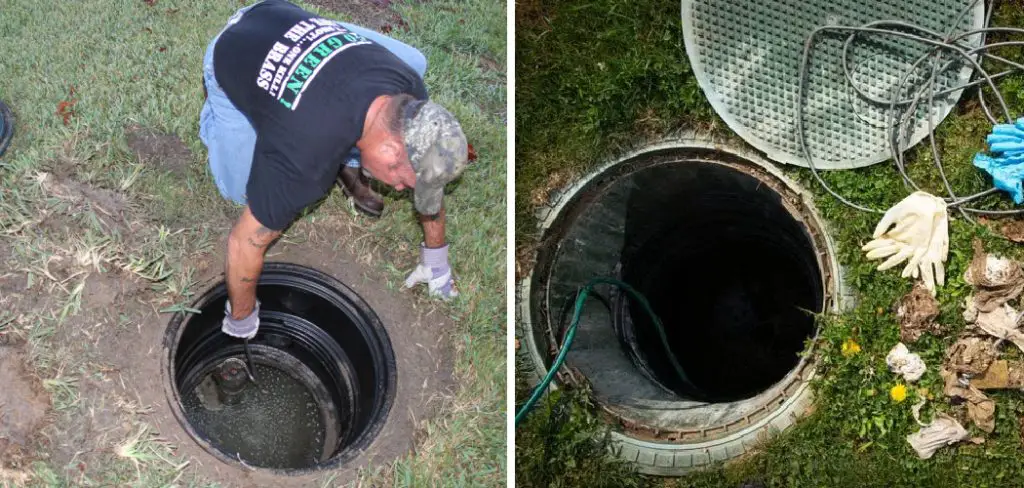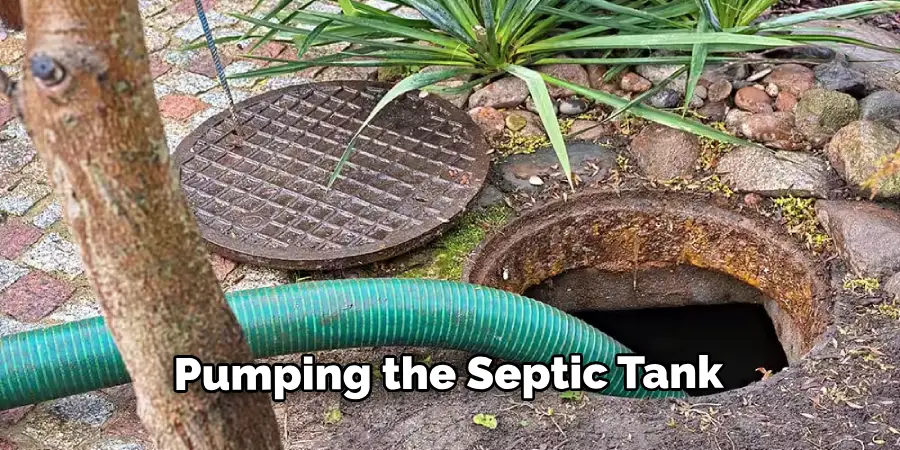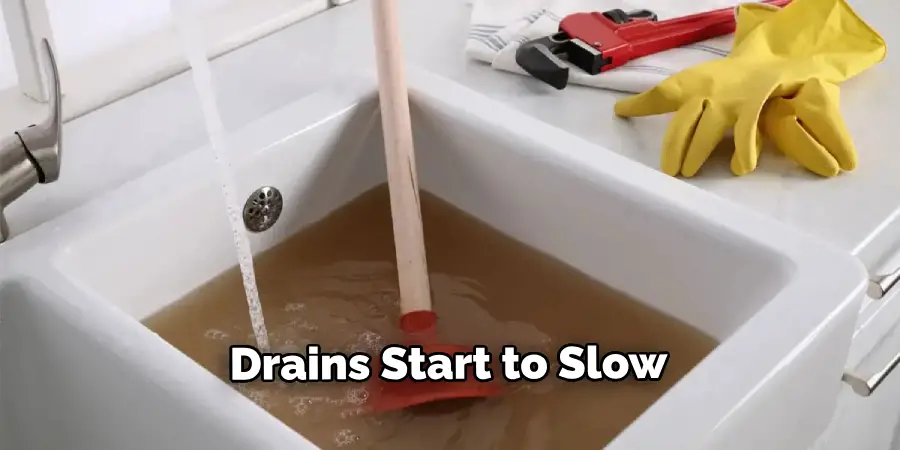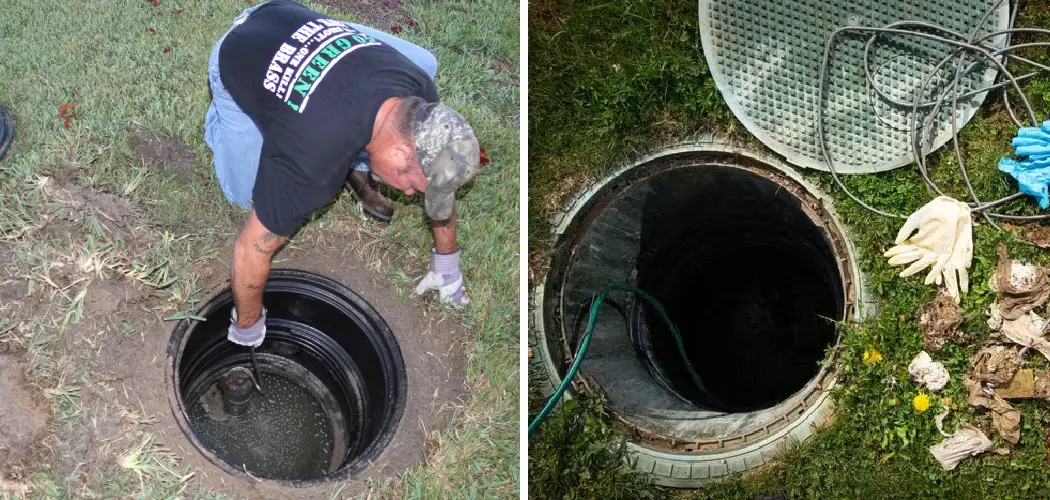Having a functioning septic system is essential for any home. When something goes wrong and your septic tank begins to malfunction, it can be an overwhelming experience. But don’t panic! The team at XYZ Plumbing is here with helpful information on how to diagnose and fix a faulty septic system – quickly and easily.

Fixing a failed septic system can be daunting, but with the proper knowledge and tools, you can get your system up and running in no time.
In this guide, we will cover common signs of a failing septic system, potential causes, and step-by-step instructions on how to fix a failed septic system. Read on for more details about troubleshooting this vital part of your plumbing setup!
What are the Signs of a Failing Septic System?
It’s essential to know the warning signs of a failing septic system so that you can address any issues before they become significant problems. Some common signs of a failing septic system include:
- Slow draining sinks, toilets, or showers
- Unpleasant odors coming from drains or near the septic tank
- Gurgling sounds in the plumbing system
- Sewage backups or standing water in your yard
If you notice any of these signs, taking action immediately is essential. Continuing to use a faulty septic system can lead to more severe and costly issues down the line.
What Causes Septic Systems to Fail?
There are various reasons why a septic system may fail. Here are some of the most common causes:
- Lack of Maintenance: Regular septic tank pumping and maintenance is crucial to keep your system functioning correctly.
- Age: Older septic systems may deteriorate over time, leading to failures.
- Overuse or Misuse: Too much strain on your system by using excessive water or flushing non-biodegradable materials can cause damage.
- Damage: Tree roots, heavy vehicles, or other external factors can cause damage to septic tanks and pipes.
It’s important to address the root cause of your septic system failure in order to fix the issue effectively. Identifying the cause can also help prevent future failures.
What Will You Need?
Before you begin fixing a failed septic system, make sure you have the following items handy:
- A sewer snake or plumbing auger
- A garden hose
- Pipe wrenches and pliers
- A shovel
- A septic tank riser lid (if your system has one)
Once you have these tools, you can begin troubleshooting and fixing your septic system.
8 Easy Steps on How to Fix a Failed Septic System
Step 1. Locate the Septic Tank:

Begin by locating your septic tank. Usually, the tank is buried a few feet underground in your yard. If unsure of its location, check the home inspection report or contact your local health department.
Step 2. Inspect the Tank:
Once you’ve located the septic tank, carefully remove the lid using the wrenches and pliers. Remember to wear gloves for safety. Inspect the tank to see if it’s overfull, which could indicate a problem with the drain field or the tank itself. If it’s not overfull, the issue might be a blockage in the pipes leading to the tank.
Use a sewer snake or plumbing auger to clear any blockages. If the problem persists, calling in a professional septic tank service may be necessary.
Step 3. Check the Drain Field:
If your septic tank is not overfull and there are no blockages in the pipes leading to it, the problem might lie in the drain field. The drain field is an essential part of your septic system, as it helps to remove contaminants from the liquid that emerges from your septic tank.
Walk over your drain field and look for any signs of damage or malfunction, such as soggy ground or an unpleasant smell. If you notice these signs, your drain field may need repair or replacement. This job is best left to professionals, so contact a reputable septic system service provider in your area.
Step 4. Pump the Septic Tank:
Sometimes, the issue with the septic system can be due to the tank being overfull. In such cases, pumping the tank can solve the problem. You can hire a professional septic tank pumping service for this task. It’s recommended to have your septic tank pumped every 3-5 years as part of regular maintenance.
After the tank is pumped, recheck the system to see if the problem persists. If it does, you might be dealing with a more complex issue that requires professional help.
Step 5. Repair or Replace Damaged Parts:

If the problem persists after cleaning and pumping the septic tank, you may have damaged parts that need to be repaired or replaced. Commonly damaged parts include the baffle, the septic tank lid, or the pipes leading to and from the tank. Inspect these parts for visible damage and replace them if necessary.
If you’re unsure how to repair or replace these parts, it’s best to call a professional septic system repair service to avoid causing further damage.
Step 6. Maintain Regular Care:
Once the issues with your septic system have been addressed, it’s crucial to maintain regular care to avoid future problems. This includes pumping the septic tank every 3-5 years, avoiding flushing non-biodegradable items down the drain, reducing water use, and keeping heavy vehicles off the area where your septic tank and drain field are located. Regular maintenance can prolong the life of your septic system and save you from costly repairs in the future.
Step 7. Regular Inspections:
In addition to regular care and maintenance, conducting periodic septic system inspections is crucial in identifying potential issues before they escalate. It’s recommended to have your septic system inspected by a professional every 1-3 years. These inspections can help identify minor issues and rectify them before they become major problems, thus ensuring the longevity and efficiency of your septic system.
Step 8. Use Septic System Additives:
Septic system additives can occasionally help maintain the biological balance in your tank. These additives are designed to break down waste in the tank and can help prevent clogs and backups. However, they are not a substitute for regular septic system maintenance and should be used as a supporting measure alongside regular pumping and inspections.

Always consult with a septic system professional before using additives to ensure they suit your specific system and will not cause any adverse effects. Remember, misuse of additives can lead to more harm than good.
By following these steps and properly caring for your septic system, you can fix a failed septic system efficiently and effectively.
5 Additional Tips and Tricks
- Conserving Water: Less water entering the septic system reduces the risk of failure. High-efficiency appliances, fixing leaks, and spreading laundry loads throughout the week can significantly reduce water usage.
- Watch What you Flush: Non-degradable items can clog the system and cause it to fail. Only human waste and toilet paper should go down the toilet.
- Limit Heavy-duty Cleaners: Overusing heavy-duty cleaners can kill the beneficial bacteria needed for the septic system to break down waste.
- Protect the Drain Field: Do not park or drive on your drain field. Plant trees the appropriate distance from your drain field to keep roots from growing into your septic system.
- Keep Records: Keep track of when your septic system was last pumped and inspected, as well as any repairs or issues. This will help you identify and address problems before they become major failures.
With these additional tips and tricks, you can help prevent future septic system failures and keep your system running smoothly.
5 Things You Should Avoid
- Avoid Overloading the System: Refrain from using lots of water in a short timeframe. This can overload your septic system, causing it to fail.
- Avoid Dangerous Chemicals: Certain household chemicals, such as paint or oil, can damage your septic system. Always dispose of these substances appropriately.
- Avoid Using Garbage Disposals: These can cause an excess of solids to accumulate in the tank, leading to system failure.
- Avoid Flushing Medications: Pharmaceuticals can disrupt the balance of bacteria in your septic system, leading to potential failure.
- Avoid Ignoring Warning Signs: If your drains start to slow or you notice an unpleasant odor, don’t ignore these signs. They could indicate a problem with your septic system that needs immediate attention.

With these tips, you can take proactive steps to avoid a failed septic system.
Conclusion
In conclusion, how to fix a failed septic system doesn’t have to be a daunting task if you know the steps. The key is to act promptly and contact an expert if you ever find yourself in this kind of position. There are multiple aspects to consider when dealing with this problem, so it’s essential to consider everything and be ready for any potential issues.
With proper care and maintenance, you can be sure your septic system will remain in working order for years. Ensure you understand the roles of routine maintenance and emergency services, as these will provide the greatest return on ensuring that your septic system stays healthy.
So don’t wait until the last minute; take action now to avoid any unnecessary chaos in the future!

